The practice of companies building and using their own internal creative and media resources has been around for a long time. It has often been the starting point for small entrepreneurial companies and larger companies that focus a major portion of the marketing budget in a single area like the printed and/or online catalogue. Recent events suggest this issue may be topical again.
On May 21, 2015, BrandRepublic reported that Diageo plc was parting ways with BBH, it’s agency of 15 years. [1] For those that don’t know:
- Diageo is the world’s biggest alcoholic beverage company, owning many of their industry’s most iconic brands: Guinness, Smirnoff, Dom Pérignon, etc
- Bartle Bogle Hegarty (BBH) is an iconic UK-based ad agency started in 1982. Two of the three founders are knighted. A perennial winner at Cannes. Clients such as British Airways, Unilever and until now, Diageo.
- 15 years is an incredibly long marketing partnership
The announcement included a statement from Diageo that, “brand activity for Baileys and Gordon’s will be handled in-house for the next 12 months and the work will not be put out to pitch.”
If a company of Diageo’s stature was taking such a step, shouldn’t the rest of the world take notice and consider following? I would say yes, except one week later, a follow-up article appeared titled, “Diageo opens agency talks”. [2] It was a complete reversal of the earlier position—meaning the in-house part.
Only the two companies involved know what really happened here, but the issue truly is trending:
- Apple took its TV advertising in-house a year ago
- Land Rover took all marketing creative in-house this March
- Google works on a hybrid model—in-house creative teams and a large group of external partners
As identified by many, the rise of social media is a big part of the in-house trend. Done right, social media requires a volume, depth and frequency of content that seems expensive to hand off to an outside partner. For many senior clients, running social media in-house seems easy and cost effective. As I see it, the problem is that most marketers don’t properly account for the total cost of their internal people charged with the task, nor do they understand or appreciate the skill set that’s really required to do it well.
What marketers don’t want to hear is this:
The best creative people in any marketing discipline are not attracted to in-house teams. They flock together. In-house, they aren’t exposed to the same range of clients and colleagues to learn from as there are on the agency side. They don’t have the same opportunities for career progression, on either side of the client-agency relationship.
Even if you do manage to find really good creatives, an in-house team is a one-client agency—the thing every marketer’s RFP seeks to avoid. Because the one-client agency is afraid to take the creative risks that great business results require.
What marketers need most is a partner who can help them understand how their marketing budget should be split between the myriad of new media now available to them. They need partners with an understanding of strategic marketing and enough knowledge of all the specialty media options and technologies available. It’s the only way an agency can recommend a prioritised plan that’s right for a client’s business. A true marketing partner, as defined above, can also help identify when an in-house resource is the best way to go, and actually help build a great one.
- Kate Magee, Diageo and BBH end 15-year relationship, BrandRepublic, May 21, 2015.
- Gurjit Degun, Diageo opens agency talks, Campaign, May 28, 2015.
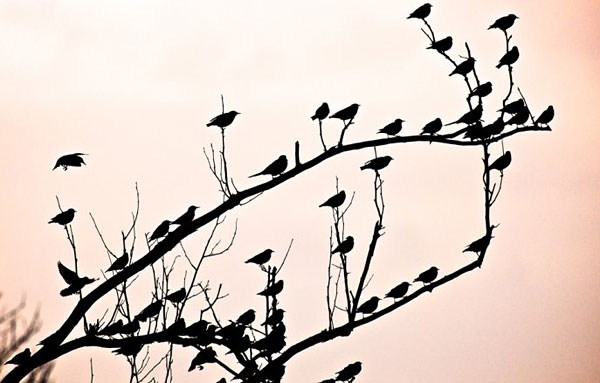
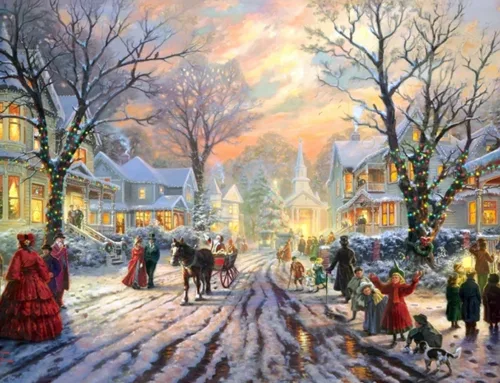
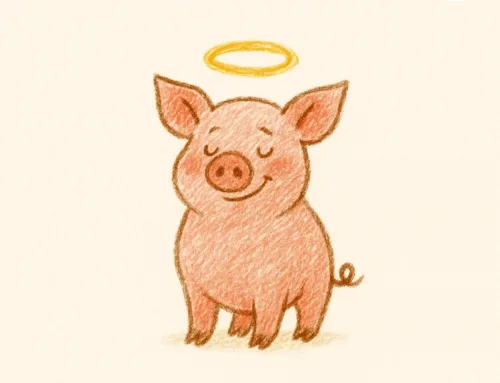

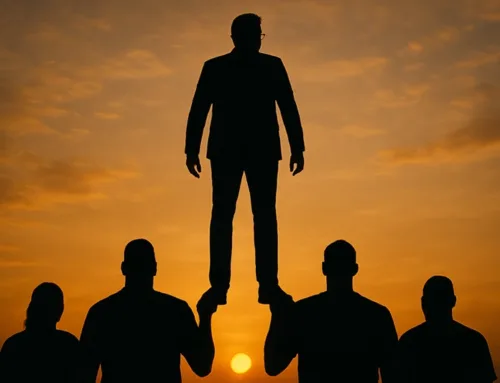
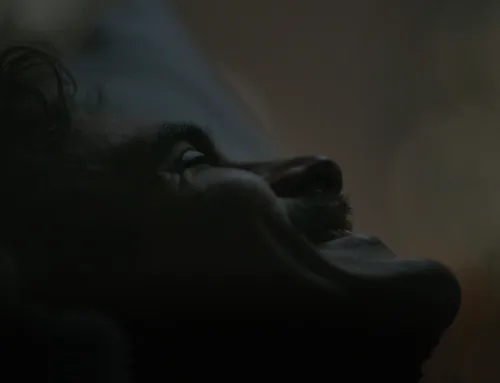
Here’s a new twist on an old story: Agency buys client’s in-house team: http://bit.ly/29Jc81G
This may be one of those trends that never ends. Here’s Sir John Hegarty’s take, three years after this post, in a piece titled, ‘In-house model is for ‘boring creatives’: https://bit.ly/2E2M2dd
As the trend continues, some of the challenges of in-house agencies/teams become clearer. See this new ANA study: https://bit.ly/2Y5Ibpv